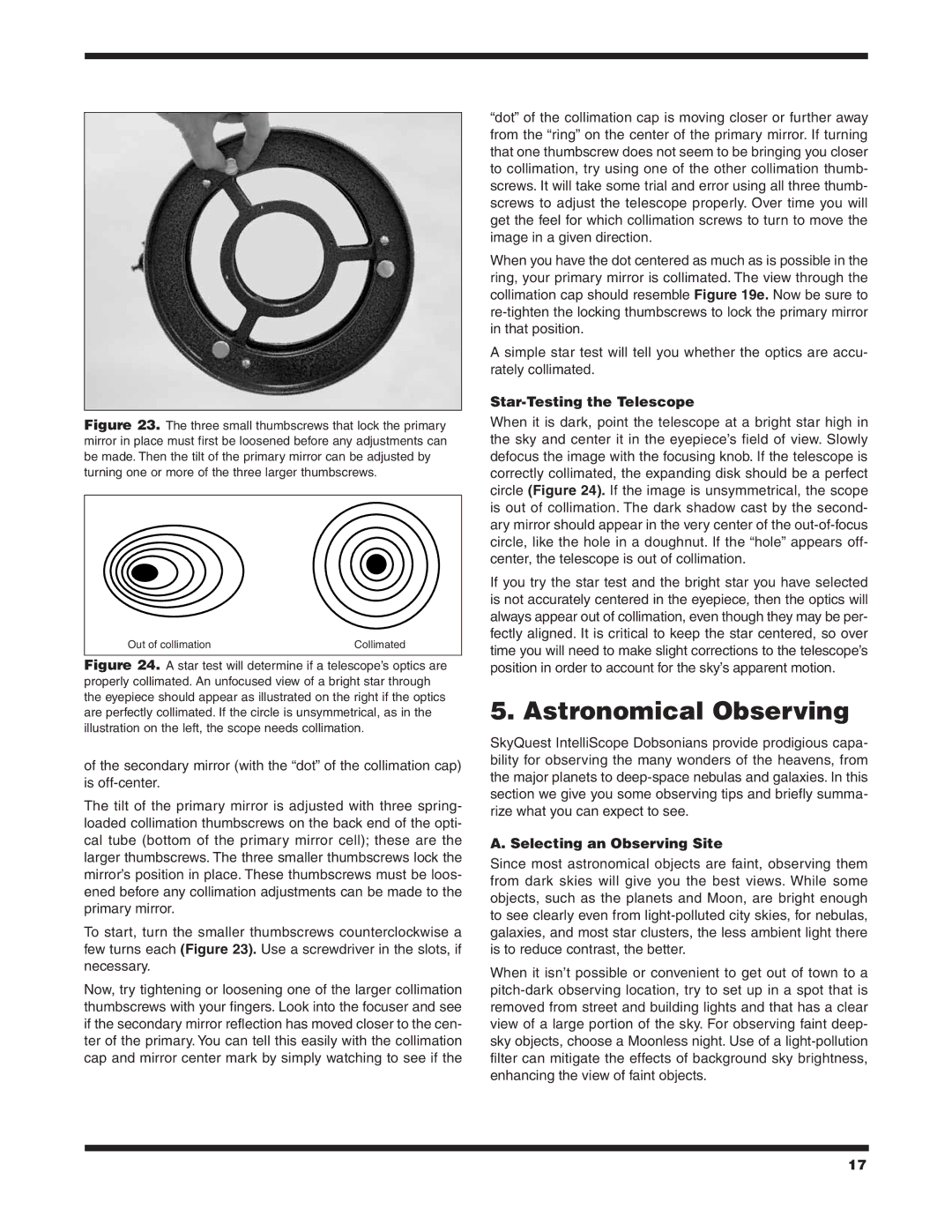
Figure 23. The three small thumbscrews that lock the primary mirror in place must first be loosened before any adjustments can be made. Then the tilt of the primary mirror can be adjusted by turning one or more of the three larger thumbscrews.
Out of collimation | Collimated |
Figure 24. A star test will determine if a telescope’s optics are properly collimated. An unfocused view of a bright star through the eyepiece should appear as illustrated on the right if the optics are perfectly collimated. If the circle is unsymmetrical, as in the illustration on the left, the scope needs collimation.
of the secondary mirror (with the “dot” of the collimation cap) is
The tilt of the primary mirror is adjusted with three spring- loaded collimation thumbscrews on the back end of the opti- cal tube (bottom of the primary mirror cell); these are the larger thumbscrews. The three smaller thumbscrews lock the mirror’s position in place. These thumbscrews must be loos- ened before any collimation adjustments can be made to the primary mirror.
To start, turn the smaller thumbscrews counterclockwise a few turns each (Figure 23). Use a screwdriver in the slots, if necessary.
Now, try tightening or loosening one of the larger collimation thumbscrews with your fingers. Look into the focuser and see if the secondary mirror reflection has moved closer to the cen- ter of the primary. You can tell this easily with the collimation cap and mirror center mark by simply watching to see if the
“dot” of the collimation cap is moving closer or further away from the “ring” on the center of the primary mirror. If turning that one thumbscrew does not seem to be bringing you closer to collimation, try using one of the other collimation thumb- screws. It will take some trial and error using all three thumb- screws to adjust the telescope properly. Over time you will get the feel for which collimation screws to turn to move the image in a given direction.
When you have the dot centered as much as is possible in the ring, your primary mirror is collimated. The view through the collimation cap should resemble Figure 19e. Now be sure to
A simple star test will tell you whether the optics are accu- rately collimated.
Star-Testing the Telescope
When it is dark, point the telescope at a bright star high in the sky and center it in the eyepiece’s field of view. Slowly defocus the image with the focusing knob. If the telescope is correctly collimated, the expanding disk should be a perfect circle (Figure 24). If the image is unsymmetrical, the scope is out of collimation. The dark shadow cast by the second- ary mirror should appear in the very center of the
If you try the star test and the bright star you have selected is not accurately centered in the eyepiece, then the optics will always appear out of collimation, even though they may be per- fectly aligned. It is critical to keep the star centered, so over time you will need to make slight corrections to the telescope’s position in order to account for the sky’s apparent motion.
5. Astronomical Observing
SkyQuest IntelliScope Dobsonians provide prodigious capa- bility for observing the many wonders of the heavens, from the major planets to
A. Selecting an Observing Site
Since most astronomical objects are faint, observing them from dark skies will give you the best views. While some objects, such as the planets and Moon, are bright enough to see clearly even from
When it isn’t possible or convenient to get out of town to a
17
